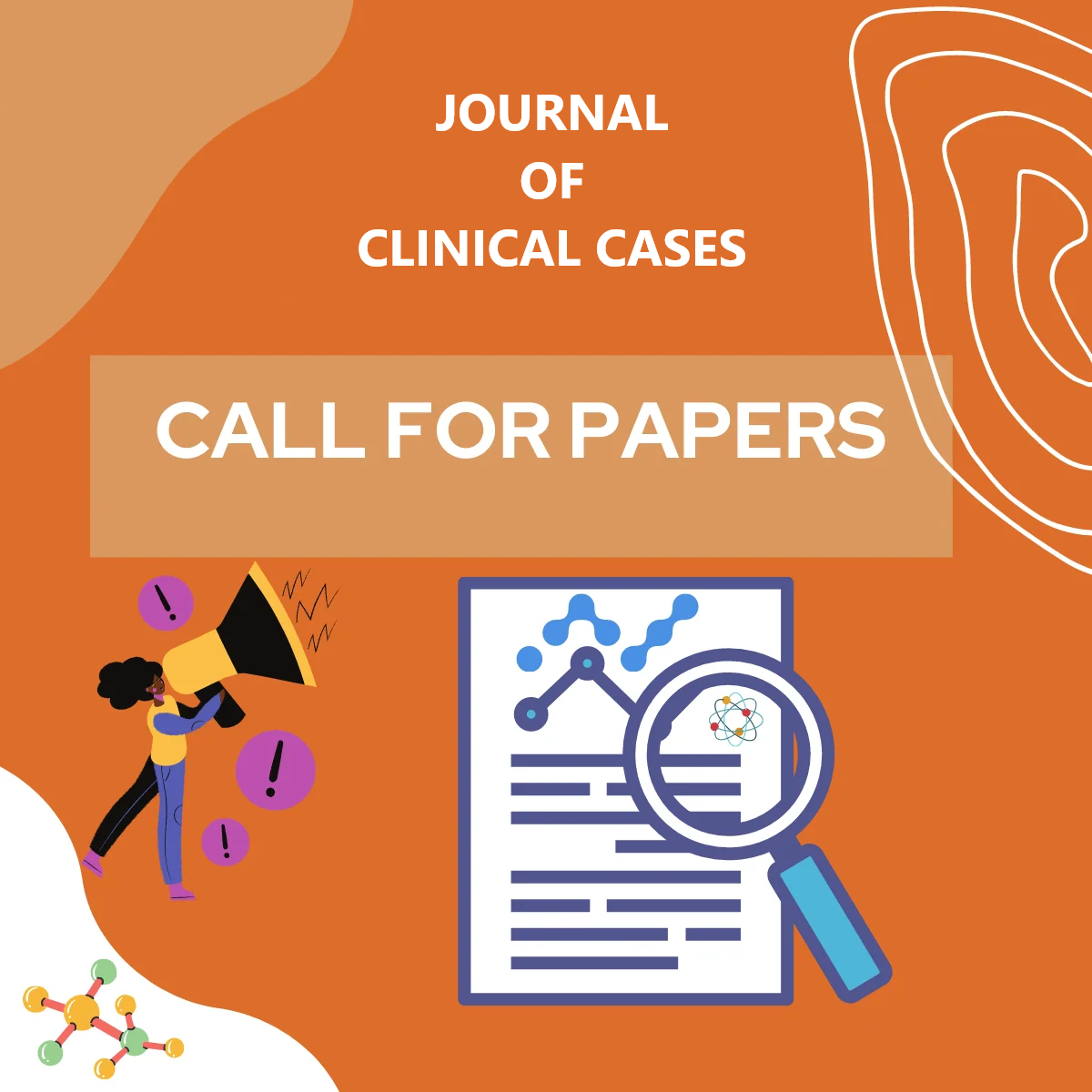Journal Citations
- Crossref
- PubMed
- Semantic Scholar
- Google Scholar
- Academia
- SCRIBD
- ISSUU
- Publons
- MENDELEY
Share This Page
Journal Page

The Diagnostic Yield of Endobronchial Ultrasound-guided Transbronchial Needle Aspiration (EBUS-TBNA) Technique in Assessment of Mediastinal liquid body substance Nodes
Shahab Rafieian, Reza Ershadi, Hossein Ebrahimpoor, Matin Vahedi, Wichou El Mehdi, Bencherki, Youssef, Hagguir Hissein
Department of thoracic surgery,Valiasr Hospital, Tehran university of medical science, Iran
Corresponding Author: Dr.Reza Ershadi
Published Date: 06 March 2022; Received Date: 20 February 2022
ABSTRACT
BACKGROUND
Endobronchial ultrasound-guided transbronchial needle aspiration
(EBUS-TBNA) technique provides a complementary assessment of the
areas of mediastinal lymph gland involvement, and permits sampling of
suspected humor nodes. But, the quality of EBUS-TBNA in assessing all
areas of mediastinal humor nodes is small better-known and it looks that
such assess depends on numerous factors associated with the patient’s
condition and particularly the characteristics of native humor nodes. we
tend to aimed to guage the utility of EBUS-TBNAin assessing mediastinal
humor nodes and also the factors related to this utility.
METHODS
This cross-sectional study was performed on forty patients suspected to
mediastinal pathology scheduled for assessment by EBUS-TBNA and
mediastinoscopy. The diagnostic yield of EBUS-TBNA to mediastinal
humor nodes was evaluated and non diagnostic cases evaluated by
mediastinoscopy.
RESULTS
In analysis with EBUS-TBNA, the diagnostic yield of EBUS in assess
to mediastinal humor nodes, as well as thirty four out of forty cases was
adequate eighty fifth. the scale of lymph gland (lower than 10mm), the
realm of sample (left and right higher paratracheal), and also the nature
of the lymph gland sample (benign type) were related to lower diagnostic
yield for EBUS-TBNA.
CONCLUSION
The diagnostic yield of EBUS in assessing mediastinal humor nodes for
sampling and identification is eighty fifth. This profit is anticipated within
the case of lesionslarger than ten millimetre, lesions of a malignant nature,
also as lesions within the inferior paratracheal and subcarinal stations.
Conclusion:As a final conclusion, the diagnostic yield of EBUS in assessing mediastinal bodily fluid nodes for sampling and identification is eighty fifth. This profit is predicted within the case of lesions larger than ten millimeter, lesions of a malignant nature, in addition as lesions within the inferior para cartilaginous tube and subcarinal areas

